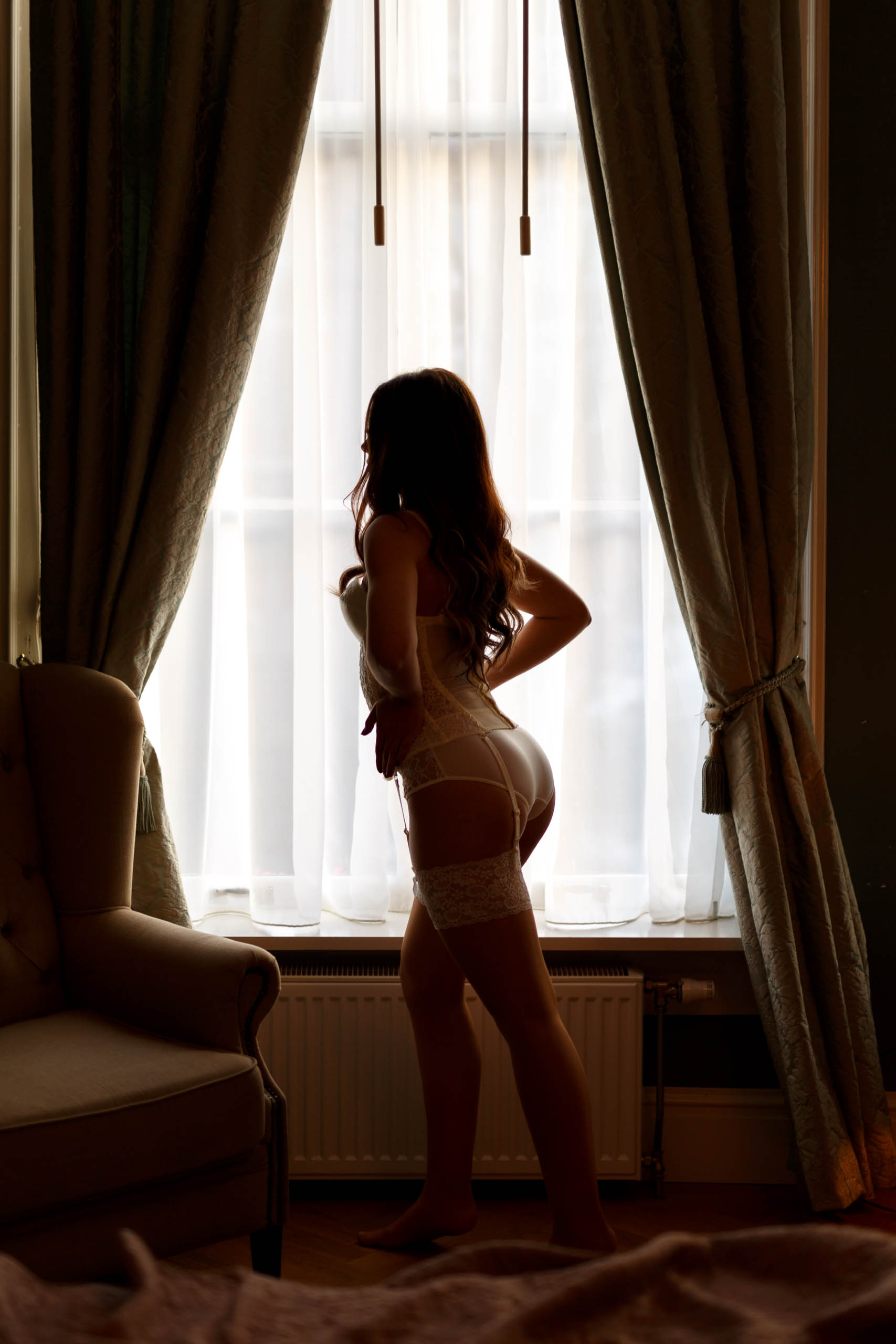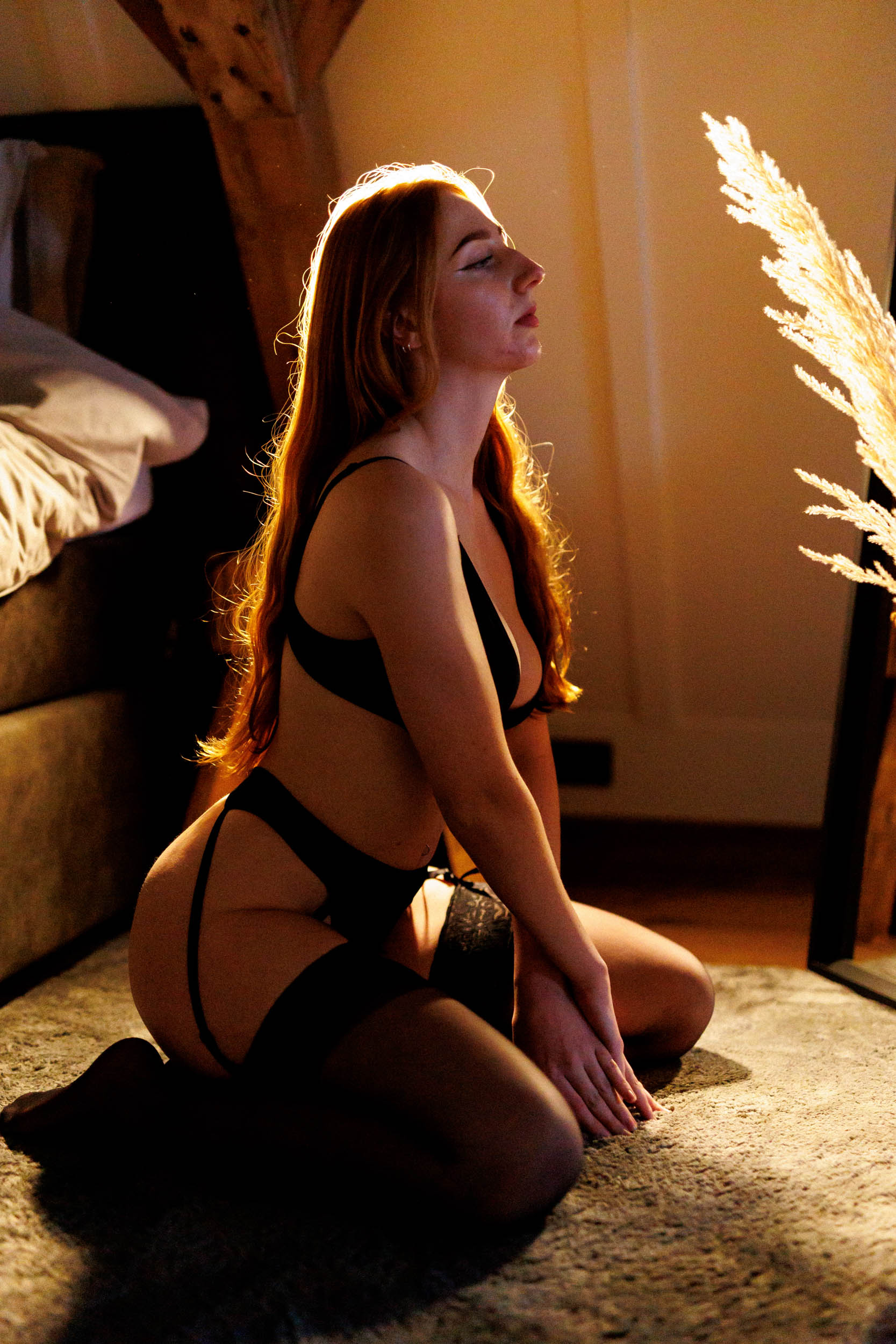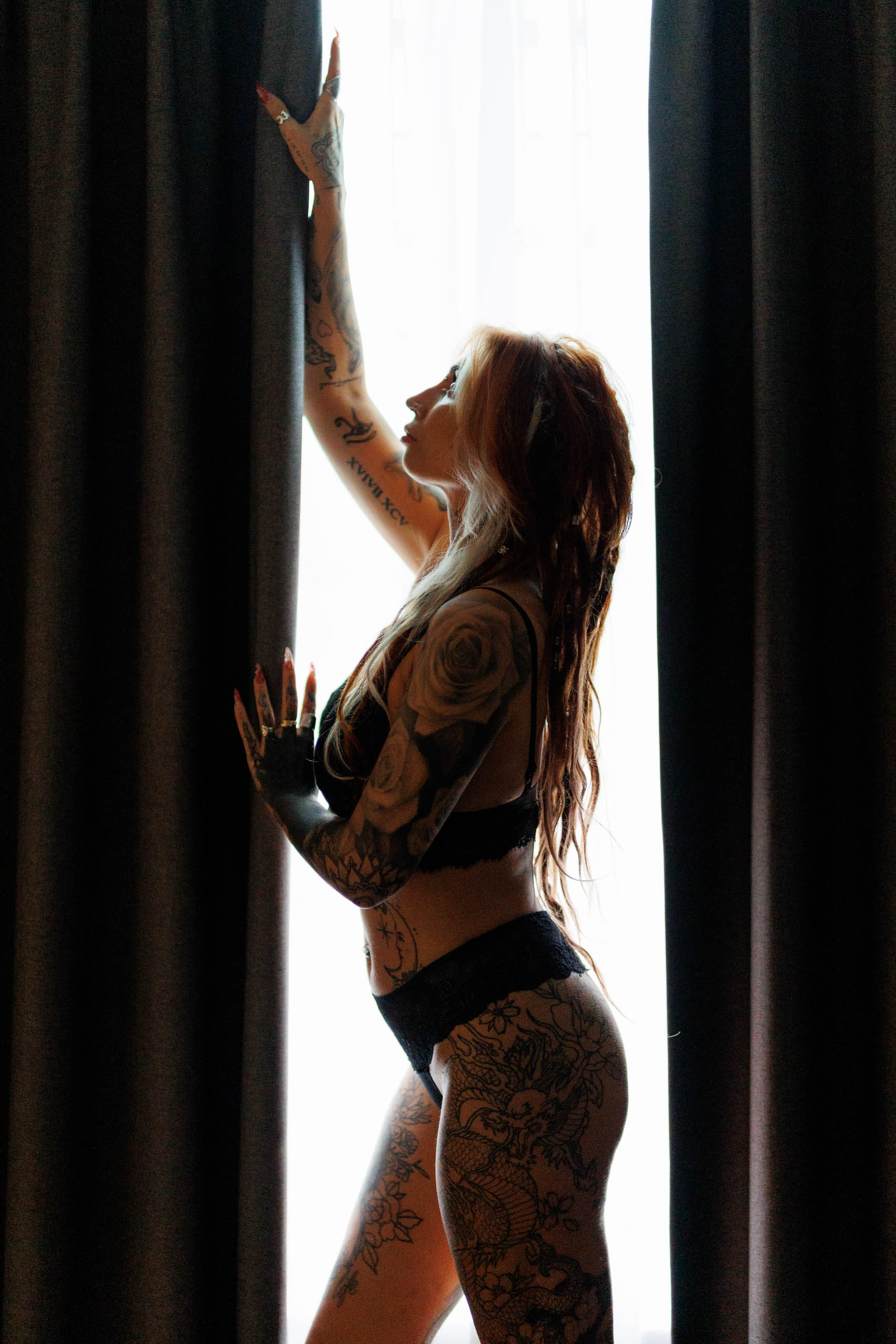Creating the perfect silhouette
Reading time 4 minutes
Silhouette photography with existing light and flash
How to make everything go black with one bright background
A silhouette is nothing more than shape against light. So the secret is not in bells and whistles on the camera, but in how you set the light. Think of the painterly power of a sunset or a bright flash right behind your subject. Here is how to use both types of light to get that pure black outline, without getting lost in technical numbers.
Sun, sky and other free spots
The easiest way to make a silhouette is simple: wait until the sun is low and put your model or object right in front of that ball of light. Around sunrise and sunset, the light is warm and soft, yet bright enough to push the subject completely dark. The contrast between the glowing sky and the foreground is at its strongest then, so the shape naturally jumps out of the frame.
Outside that golden hour, you can still play with natural light. A window with full daylight power acts as a giant softbox. Put your subject right in front of the glass, step on the shadow side yourself and let the window do all the work. By shooting purely against the light, every detail disappears; what remains is the line drawing of the body, bike or tree.
From daylight to flash in just one click
No sun or window available? Put a loose flash or studio light right behind your subject, aimed at a white wall or diffused screen. By lighting only that back plane and keeping the model itself in shadow, you copy the effect of a backlit sky in a few square metres of studio.
For portraits on location works the same trick. Hide a reporter flash on a tripod behind the bride and groom, shine the light slightly upwards and you immediately get a sleek black shape with a subtle edge of light around their silhouette. You don't need to calculate the exact distance or flash mode down to the millimetre; as long as the background is bright and no stray light falls on their front, the silhouette is created.
Contrast is king
Whether you use the sun or a speedlight: the background must be much more powerful than the light on the subject. Theoretically, you are talking about a back-light that is roughly 16 times brighter than the main light before a human figure completely shuts up. In practice, you see it immediately on your screen: as soon as the shape turns pitch-black and the background remains bright, you're fine.
Small tweaks with big effect
A step to the left or right can make the difference between a sloppy spot and a perfect contour. Make sure arms, legs or object edges do not coincide with busy elements in the background. If you work with flash, turn the head up a notch or add a grid to prevent light from reflecting back through walls or ceiling and still showing detail on the subject. Keep the surroundings as empty as possible; the cleaner the background, the stronger the shape.
Silhouettes are all about daring to underexpose and letting the light do the work. With a low sun, a bright window or a clever flash setup, transform any subject into powerful graphics. Let go of the details, trust the line and let the audience fill in the rest. Photography doesn't get much simpler.











Social media